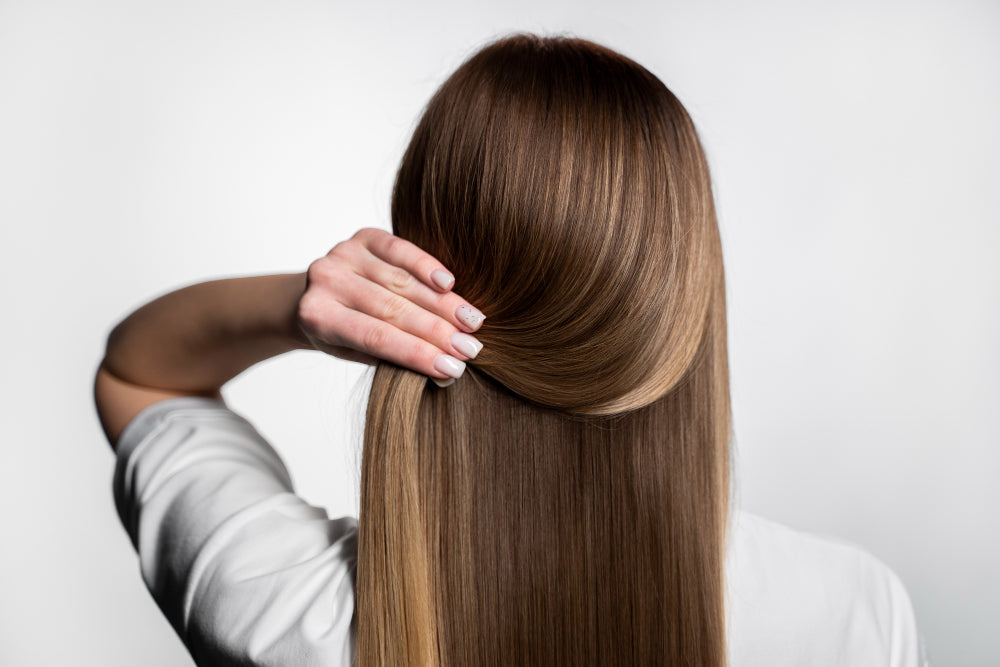The history of beauty and personal style shows how much people have always valued hair. From natural hairstyles to full wigs and hair extensions, hair continues to be a symbol of identity and creativity. But while wearing a wig is one thing, knowing how to maintain and store it properly is a different story. A good wig can last months or even years, but only if you treat it right.
This blog walks you through the practical steps to make your wigs last longer—without sounding like a manual. Just everyday, easy-to-follow advice you can actually use.
Why Proper Wig Care Is Worth It
A wig from Posh Hair Company, like anything that gets worn often, deals with sweat, oils, dust, styling tools, and the weather. If it’s not cleaned, stored, or handled correctly, it won’t last very long. Hair strands can tangle, the lace can loosen, and what was once a smooth finish can become dull and frizzy.
It doesn’t matter whether you're wearing synthetic hair or human hair units like full lace wigs—both types benefit from being taken care of. Good maintenance means fewer tangles, less shedding, better shine, and a longer lifespan overall.
How Long Should a Wig Last?
Let’s break it down based on material and care:
|
Type of Wig |
Lifespan (With Proper Care) |
|
Human Hair Wig |
12–24 months |
|
Synthetic Wig (Heat Safe) |
4–6 months |
|
Synthetic Wig (Non-Heat Safe) |
3–4 months |
Remember, these numbers aren’t fixed. How often you wear the wig, how you clean and store it, and even the products you use will influence how long it lasts.
Step-by-Step Wig Maintenance Guide
1. Detangle Before and After Use
Start every care session by detangling. It’s simple, but it prevents a lot of long-term damage.
-
Use a wide-tooth comb or a wig brush.
-
Always begin at the ends and work your way up to the roots.
-
For curly wigs, try finger detangling to keep the pattern intact.
Brushing your wig while it’s dry and clean prevents knots and keeps the hair looking polished.
2. Wash When Necessary
The golden rule: don’t overwash your wig. Washing too often dries out the fibers, while waiting too long builds up oil and grime.
-
Human hair wigs: Wash after every 8–10 wears.
-
Synthetic wigs: Wash every 6–8 wears.
When washing, always use cold or lukewarm water. Avoid hot water, as it can damage both synthetic fibers and loosen lace attachments. Use a gentle, sulfate-free shampoo and conditioner.
3. Deep Condition Human Hair Wigs
For human hair wigs like full lace wigs, a monthly deep conditioning session goes a long way. It helps restore moisture, maintain softness, and minimize frizz. Just apply the product, leave it on for 15–20 minutes, and rinse thoroughly.
Wig Storage: What to Do (and What Not to Do)
Proper storage keeps your wig’s shape, prevents tangles, and avoids damage from dust or sunlight. It’s not difficult, but it does require a little thought.
1. Use a Wig Stand or Mannequin Head
This is one of the easiest ways to keep your wig in good condition.
-
Maintains the shape of the wig cap.
-
Keeps hair strands smooth and straight.
-
Allows proper airflow after cleaning or styling.
If you don’t have a stand, wrapping the wig loosely in a satin or silk scarf is the next best option.
2. Avoid Sunlight and Heat
Never leave your wig in direct sunlight or near heat sources like radiators. Sunlight can fade color, while heat can cause fiber damage, especially in synthetic wigs.
3. Cover When Not in Use
Covering your wig protects it from dust and environmental moisture.
-
Use a satin or silk wrap to reduce friction.
-
Store in a breathable bag or wig box—not plastic.
If you switch styles often and have multiple units, rotating your wigs also helps. It reduces wear and gives each wig a break between uses. This tip works well for people who like to buy full lace wigs for different looks.
A Note on Hair Extensions
Wig care routines also apply to other hair products. Whether you’re buying hair extensions online or already wearing a set, proper storage and cleaning matter. This is especially true for options like i tip hair extensions, which require more detailed handling.
How to Store i Tip Hair Extensions:
-
Lay them flat or hang vertically.
-
Wrap in silk or satin to avoid tangling.
-
Keep away from moisture and direct sunlight.
These small habits extend the life of your extensions and make reinstallation easier.
Everyday Habits That Make a Big Difference
Good wig maintenance doesn’t have to feel like a chore. Sometimes, it’s just about knowing what not to do.
Avoid These Common Mistakes:
-
Sleeping in your wig
-
Storing it while damp
-
Using heavy styling products that build up
-
Brushing when wet (unless specifically designed to be)
-
Applying heat without protectant on human hair units
Following these simple guidelines will keep both synthetic and human hair units looking and feeling like new.
When to Replace Your Wig
No wig lasts forever, and recognizing the signs of wear is just part of the process.
Signs it’s time for a replacement:
-
Shedding or thinning that doesn’t stop
-
Lace becoming loose or worn out
-
Tangling beyond repair
-
Loss of shine or smoothness, even after conditioning
When that happens, it may be time to order hair extensions or invest in a fresh unit. But until then, regular care gives you the most out of your current piece.
Final Thoughts
Hair is part of how people express themselves. The same way the history of agriculture shows how human creativity has developed, caring for your wigs shows how thoughtful habits can lead to long-lasting results. You don’t need to overthink it—just be consistent. Gentle detangling, mindful washing, safe storage, and a little patience can go a long way. Whether you wear wigs daily or just on occasion, keeping them fresh is entirely in your hands.

